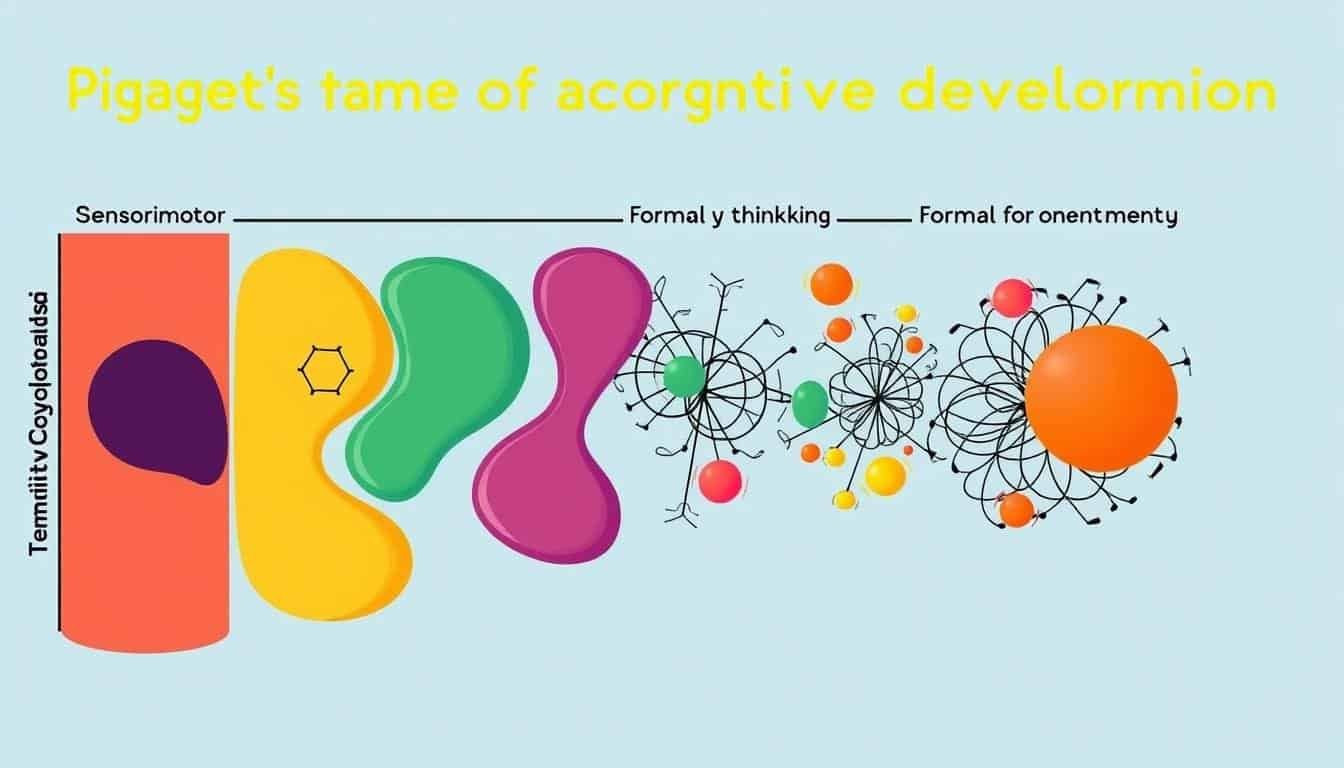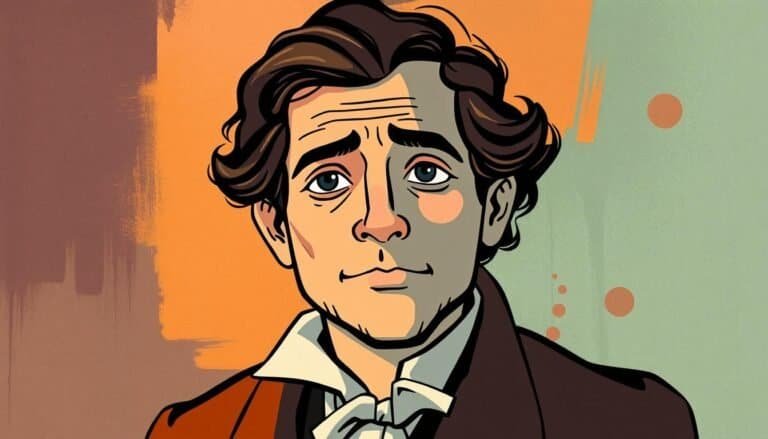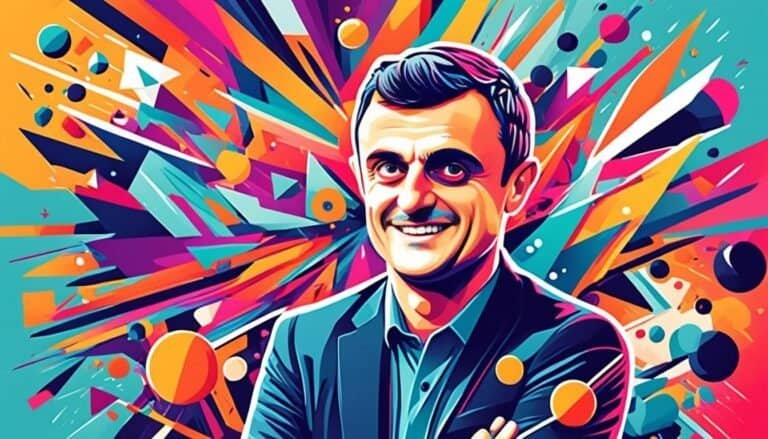Jean Piaget: Cognitive Development in Children
“The goal of education is not to increase the amount of knowledge but to create the possibilities for a child to invent and discover, to create men who are capable of doing new things.” – Jean Piaget
Jean Piaget changed how we see child psychology and learning. He believed kids go through four main stages of learning. This journey starts at birth and lasts into adulthood, with kids acting like scientists in their own world.
Piaget’s theory helps us understand how kids think and learn. It covers from the sensorimotor stage in infancy to the formal operational stage in adolescence. Each stage brings new skills and ways of seeing the world.
Exploring Piaget’s work shows us the amazing world of child psychology and development. This knowledge helps parents, teachers, and anyone who cares about children’s growth. It’s not just for experts.
Introduction to Jean Piaget’s Theory
Jean Piaget was born in 1896 in Switzerland. He changed how we see child development. His work on children’s thinking started modern developmental psychology.
Who was Jean Piaget?
Piaget was a child prodigy who wrote his first scientific paper at 11. He worked with Alfred Binet on IQ tests, which sparked his interest in child thinking. This led him to create his cognitive development theory.
The foundations of cognitive development theory
Piaget believed children’s thinking changes through different stages. He identified four main stages of cognitive growth:
- Sensorimotor stage (birth to 2 years)
- Preoperational stage (2 to 7 years)
- Concrete operational stage (7 to 11 years)
- Formal operational stage (11 years and beyond)
Key concepts: Schemas, assimilation, and accommodation
Piaget introduced key ideas to explain child learning and growth:
| Concept | Definition | Example |
|---|---|---|
| Schemas | Mental frameworks for organizing information | A child’s schema for “dog” might include four legs and fur |
| Assimilation | Incorporating new information into existing schemas | Seeing a cat and calling it a dog |
| Accommodation | Modifying schemas to fit new information | Learning that cats are different from dogs |
These ideas are part of constructivism, a theory that says children actively build their understanding of the world. Piaget’s work still shapes child development studies and education today.
The Four Stages of Cognitive Development
Jean Piaget’s theory explains how children grow and learn through four main stages. These stages are key to understanding how kids develop their thinking skills. They help us see how children’s minds grow.
According to Piaget, kids move through these stages in a set order. Each stage builds on the last one. Here’s a closer look at these stages and what makes them special:
| Stage | Age Range | Key Characteristics |
|---|---|---|
| Sensorimotor | 0-2 years | Object permanence, reflex actions, motor skills development |
| Preoperational | 2-7 years | Symbolic thinking, egocentrism, pretend play, language development |
| Concrete Operational | 7-11 years | Logical thinking, conservation, reversibility, decentration |
| Formal Operational | 12+ years | Abstract reasoning, hypothetical thinking, systematic problem-solving |
Knowing about these stages helps teachers and parents help kids grow their thinking skills. Remember, kids can move through these stages at their own pace.
“The principal goal of education is to create men who are capable of doing new things, not simply of repeating what other generations have done.” – Jean Piaget
Piaget’s ideas still shape how we teach and understand child psychology. They help us see how kids think and learn at each stage of development.
The Sensorimotor Stage: Birth to 2 Years
The sensorimotor stage is the first step in how babies learn about the world. It starts from birth to about age two. Babies learn by using their senses and moving around.
Object Permanence
Understanding that objects still exist when they can’t be seen is a big step. This is called object permanence. Babies start to grasp this idea between 4 to 7 months old. By 18-24 months, they fully understand it.
Motor Skills and Sensory Exploration
Babies have many ways to explore their world. They suck, grasp, crawl, and track things with their eyes. These actions help them learn about cause and effect. This starts around 4 to 8 months old.
Emergence of Symbolic Thought
By 18-24 months, babies start to think symbolically. This means they begin to play pretend, which gets more complex as they get closer to two years old.
| Sub-stage | Age Range | Key Developments |
|---|---|---|
| Reflex Acts | 0-1 month | Innate reflexes |
| Primary Circular Reactions | 1-4 months | Repetition of pleasurable actions |
| Secondary Circular Reactions | 4-8 months | Actions to reproduce interesting effects |
| Coordinating Secondary Schemes | 8-12 months | Intentional actions to achieve goals |
| Tertiary Circular Reactions | 12-18 months | Experimentation and problem-solving |
| Symbolic Thought | 18-24 months | Mental representations and pretend play |
The Preoperational Stage: Ages 2 to 7
Children between 2 and 7 years old enter the preoperational stage of cognitive growth. This stage is marked by a big leap in symbolic thought and language skills. Kids start to use mental pictures, but their thinking has some limits.
Egocentrism is a big part of this stage. Children find it hard to see things from another person’s point of view. They often think everyone sees things the same way they do. This affects how they talk and interact with others.
Thinking in the preoperational stage has its own special traits. Kids start to play symbolically, making up stories and friends. They might also think objects can think and act like people, a thing called animism. Their problem-solving can be magical or based on wishes, not logic.
Even with these challenges, kids make big steps in thinking skills during this time. By age five, many can count up to ten, say the alphabet, and spot some letters. These skills help prepare them for learning more in the future.
| Age | Cognitive Milestones |
|---|---|
| 2-3 years | Symbolic play begins |
| 4-5 years | Develop Theory of Mind |
| 5-6 years | Count to ten, recognize letters |
| 6-7 years | Early scientific reasoning emerges |
As kids move through this stage, their thinking gets more flexible. They start to get out of their own world and understand others better. This progress prepares them for even more complex thinking later on.
Jean Piaget: Cognitive Development in Children
Jean Piaget’s theory explains how children think and learn. In the preoperational stage, from ages 2 to 7, kids show unique ways of thinking. This stage is a big step in their cognitive growth, with both strengths and limits.
Egocentrism in Young Children
Kids in this stage often think only from their own view. They struggle to see things from others’ perspectives. This makes their play and conversations with others different.
Symbolic Play and Language Development
Symbolic thinking grows quickly here. Kids use objects to mean other things in play. For example, a stick becomes a sword, or a box a car. This skill also helps with language, as words start to represent ideas and things not there.
Limitations of Preoperational Thinking
Even with these advances, there are limits. Kids find it hard with tasks needing logical thinking. They often judge by looks, not logic. For instance, they might think a tall, thin glass holds more water than a short, wide one, even if both have the same amount.
| Aspect | Characteristic | Example |
|---|---|---|
| Egocentrism | Difficulty seeing others’ perspectives | Assuming everyone likes their favorite toy |
| Symbolic Play | Using objects to represent other things | Pretending a banana is a phone |
| Cognitive Limitations | Trouble with logical reasoning | Failing conservation tasks |
These traits influence how kids learn and interact. Understanding these aspects of child cognition helps us support their growth and learning better.
The Concrete Operational Stage: Ages 7 to 11
Children aged 7 to 11 enter the concrete operational stage, a key time in their brain growth. This stage brings big steps in logical thinking and understanding the physical world.
Logical Thinking about Concrete Events
Kids at this stage get better at inductive logic, making general rules from specific events. They can sort objects into groups and understand what makes things the same. They see that objects stay the same even if they change a bit.
Conservation and Reversibility
Understanding conservation tasks is a big deal for them. They know that how something looks doesn’t change its amount. For instance, they see that the same amount of liquid is in a tall or short container. They also learn to reverse actions in their minds.
Decentration and Perspective-taking
Kids at this stage get better at decentration, focusing on more than one thing at once. This helps them think beyond just their own views. They start to see things from other people’s perspectives too.
| Cognitive Skill | Description |
|---|---|
| Inductive Logic | Drawing general conclusions from specific experiences |
| Conservation | Understanding quantity remains constant despite appearance changes |
| Reversibility | Mentally undoing actions or understanding their reversibility |
| Decentration | Considering multiple aspects of a problem simultaneously |
Even though concrete operational kids make big strides in thinking, they still stick to what they can touch and see. They’re getting ready for more complex thinking in the future.
The Formal Operational Stage: Age 12 and Beyond
The formal operational stage is a big step in how teens think. It starts around age 12 and brings in abstract reasoning and thinking about hypothetical situations. Teens start to solve complex problems in a systematic way, going beyond just what they can see and touch.
At this stage, teens can think about abstract ideas. They can imagine different scenarios and use deductive reasoning. This change lets them come up with many solutions to problems and be more creative.
Studies show that by age 13, most teens can solve complex tasks logically. For instance, 13-year-olds can figure out how to balance a scale, unlike younger kids who try different things to see what works.
| Age Group | Problem-Solving Approach | Abstract Thinking Ability |
|---|---|---|
| 3-5 years | Unable to balance scale | Limited |
| 7 years | Understand weight adjustment | Emerging |
| 10 years | Recognize weight and location importance | Developing |
| 13+ years | Logical hypothesis and balance | Advanced |
Teachers can help teens think more formally by giving them abstract problems, starting debates, and offering chances to apply what they learn to real life. These activities boost critical thinking and help teens grow in how they think.
Piaget’s Impact on Education and Child Psychology
Jean Piaget changed how we think about teaching and learning. His ideas led to a new way of learning called constructivist learning. This method lets kids build their knowledge by experiencing things firsthand.
Constructivism in Learning
Piaget believed in learning by doing and solving problems. This means students don’t just sit and listen. They get to explore and figure things out on their own.
Teachers now plan activities that make students think deeply and learn by themselves. This way, kids get to discover new things in a hands-on way.
Influence on Educational Practices
Piaget’s ideas changed schools all over the world. Teachers now tailor lessons to what each student needs, based on their age and development. Kids learn through active projects and discovery, not just by listening.
Criticisms and Limitations of Piaget’s Theory
Not everyone agrees with Piaget’s theory. Some say kids can do more than he thought. They also question his idea of fixed stages of development. Everyone learns at their own pace.
These debates have made educational psychology evolve. Teachers keep finding new ways to help kids learn best.
“Piaget’s work in child psychology and education had a lasting impact, influencing educational practices and theories well into the latter half of the 20th century and beyond.”
Piaget’s ideas still shape how we teach today. But, teachers keep adding new insights to make learning even better. They create learning spaces that help each child grow in their own way.
Conclusion
Jean Piaget’s work changed how we see child psychology. His ideas led to a big change in understanding how kids think and learn. Now, we know that kids’ thinking and learning don’t follow strict stages. Instead, their abilities change slowly over time in different areas.
Piaget’s ideas still guide today’s research. Scientists now see that while kids go through similar steps in growing their minds, these steps can change based on the situation and each child’s unique traits. For instance, babies start to understand that objects still exist even when they can’t see them around 7 months old. Toddlers then start to use their imagination and think in concrete ways.
Piaget’s work has also changed education and inspired new studies. Even though some details have been updated, his main ideas about kids building their own knowledge are still very important. As we keep learning more, Piaget’s work gives us a strong base to study how kids develop their minds over their whole lives.
Source Links
- What Is Piaget’s Theory of Cognitive Development?
- Piaget’s Stages: 4 Stages of Cognitive Development & Theory
- 2.1 Cognitive Development: The Theory of Jean Piaget
- Jean Piaget’s Theory of Cognitive Development
- Piaget Cognitive Stages of Development
- Piaget’s Stages: 4 Stages of Cognitive Development & Theory
- Piaget’s Sensorimotor Stage of Cognitive Development
- What Is the Sensorimotor Stage of Cognitive Development?
- Cognitive Development – StatPearls – NCBI Bookshelf
- Piaget’s Preoperational Stage Of Cognitive Development
- Piaget’s theory of cognitive development
- Piaget’s stages of development: 4 stages and what to expect
- Piaget’s Theory and the Stages of Cognitive Development
- Concrete Operational Stage: Definition & Examples
- Characteristics of Concrete Operational Stage in Cognitive Development
- Concrete Operational Thought | Lifespan Development
- Piaget’s Formal Operational Stage: Definition & examples
- Formal Operational Stage of Cognitive Development
- Jean Piaget’s Life and Contributions to Psychology
- Reflecting on Jean Piaget’s theory and influence
- Cognitive Development In School-Age Children: Conclusions And New Directions – Development During Middle Childhood
- The Cognitive Development Theory Represents By Jean Piaget – Free Essay Example – Edubirdie







